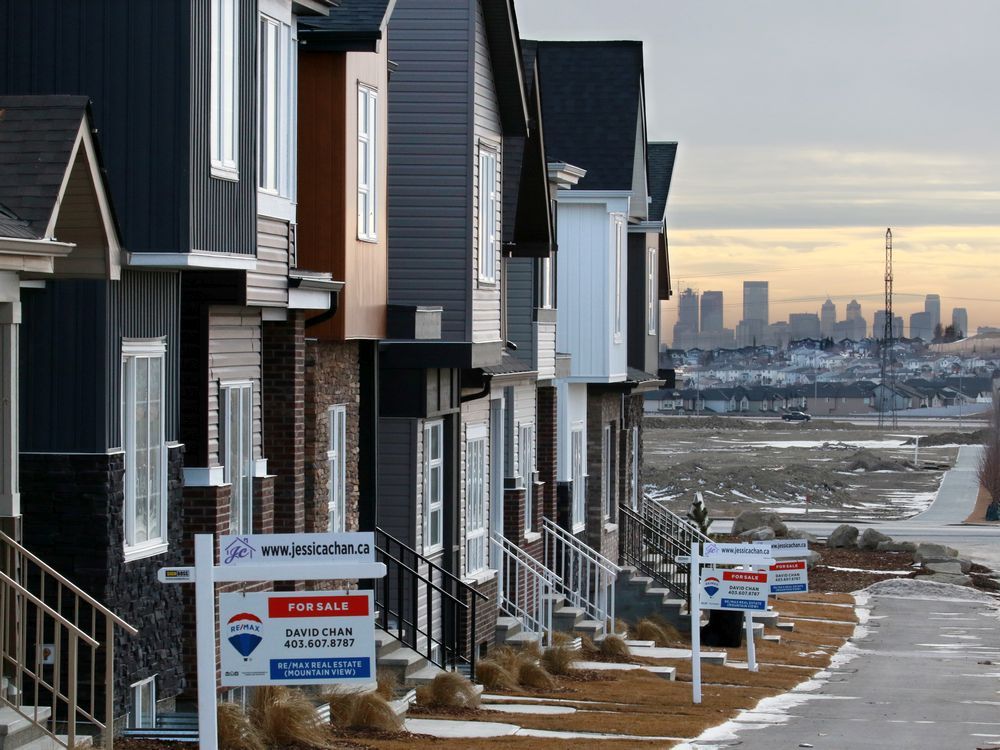I think someone had once mentioned on here that some countries like France and Germany tax based on square footage. That is something that might work if factored into the equation...... especially if it was straight up on a per square foot of your lot, with a multiple that factors in percentage of lot space.
For example say the the basic multiplier was 0.8 for all SFH, and your lot was 100' x 50' (6,000 square feet), and you were the only owner on that lot size, (example from University Heights)
0.8 x 6,000 x 1 = $4,800 Divide by 12 would be $400.00 per month.
If all condo owners in a building over 4 floors had a multiplier of 3.0 and the lot was 113' x 320' (36,160 square feet) and you were one of 115 owners
10.0 x 36,160 = $289,280 total, then divide by 115 = $2,515.00, then divide by 12 and $209.00 per month.
I'm not saying those would have to be the numbers, that's just a made up example, but it would help balance it up a bit if taxes were better tied to density.





